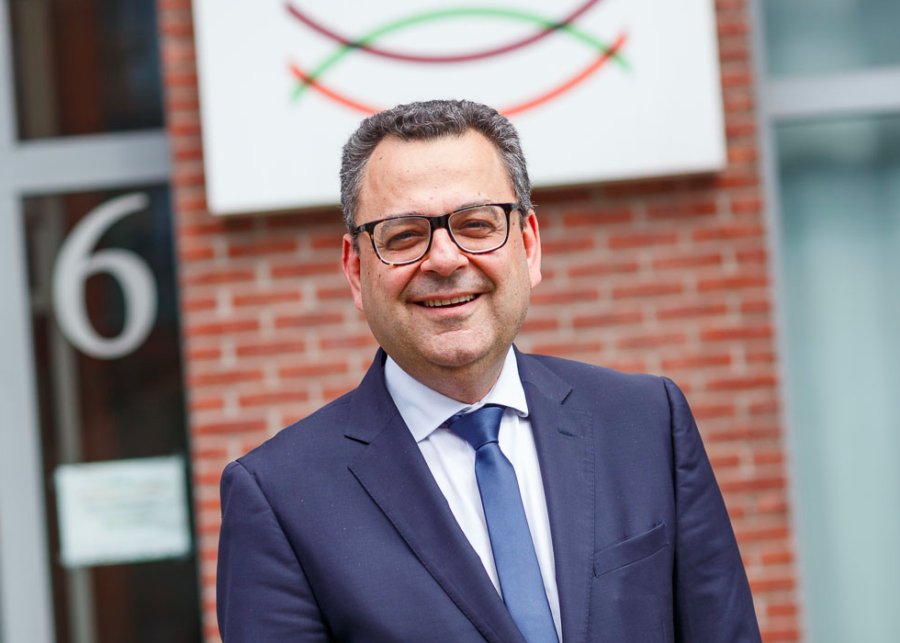A member of Boardroom Advisory board, Mohamed Mezghani has been appointed Secretary General of the International Association of Public Transport (UITP) in January. Boardroom has asked him to contribute a monthly column in which he explains all about the challenges of holding such a position. This is Mohamed’s fourth contribution, in which he reflects on how to stay relevant.
Two years ago, on the occasion of the European Association Summit, UITP was handed over a recognition as the oldest international association based in Belgium – it was created in 1885. Leading such an old organisation gives a feeling of pride but also a sense of responsibility. One important challenge is to keep the association relevant and with a state-of-the-art governance system. An association born in 19th century has to reinvent itself constantly. In this regard, some important elements have to be taken into consideration.
First, associations are affected by the trends impacting their market and the stakeholders they represent. Hence, it is important that association membership profiles and working topics reflect these trends to keep its legitimacy to speak on behalf of its sector. Monitoring the latest market developments is key to be able to anticipate those changes in time and make members aware of them. Its membership may also becoming more diverse and more global. We move from a mono-stakeholder category association to an organisation representing the whole ecosystem. This makes the association more credible as it enlarges its representativeness but poses challenges: how to find common policy positions with such a diversity of interests?
Secondly, the ways we work are evolving. Members are introducing modern technologies and tools into their own business and expect the same in their interaction with the association. They also expect to find, within the association, the needed resources and expertise to support activities in which they participate. The time when members used to produce themselves the association deliverables is over. They are ready to attend and contribute to meetings and give feedback on the produced work but their day-to-day business doesn’t leave them time to deliver the association work. Then, delivery timelines should be shortened to reflect the association agility and reactivity – this also has to be taken into account.
Thirdly, the association service portfolio has to evolve to reflect the changing expectations of members, as one witnesses the globalisation of its membership, the competition with other associations (at national or international level) or with third parties developing competing services for niche products (events, benchmarking clubs, training), the increasing online availability of free, good-quality information, and the growing digitalisation that is changing the way we communicate and engage with members and stakeholders. Associationsmust constantly question the relevance of their products by getting rid of some of them, innovating in others and creating new ones.
Last but not least, the public sphere is marked by a quest for transparency and accountability. As soon as we ask a financial contribution to our stakeholders (i.e. membership fee) we have to show them that this money is used ethically. Associations are no longer those ‘gentlemen’s clubs’ with an informal management based on personal relationships. Non-for-profit doesn’t mean improvisation but needs transparent decision-making processes. Association leaders are accountable before the members, the same way CEOs are before their shareholders. Their behaviour is scrutinized and might be questioned at any time – and they must lead by example.
The world of international associations is changing. Members expect associations to support them in developing their business and advocate their interest. They want value for money in a friendly environment that provides good networking opportunities. They expect efficiency and people-focused relationships. They share common priorities but expect personalised services. These are not contradictions but challenges that show the new dimension taken by associations and how essential they become. That’s what makes this job so exciting!
